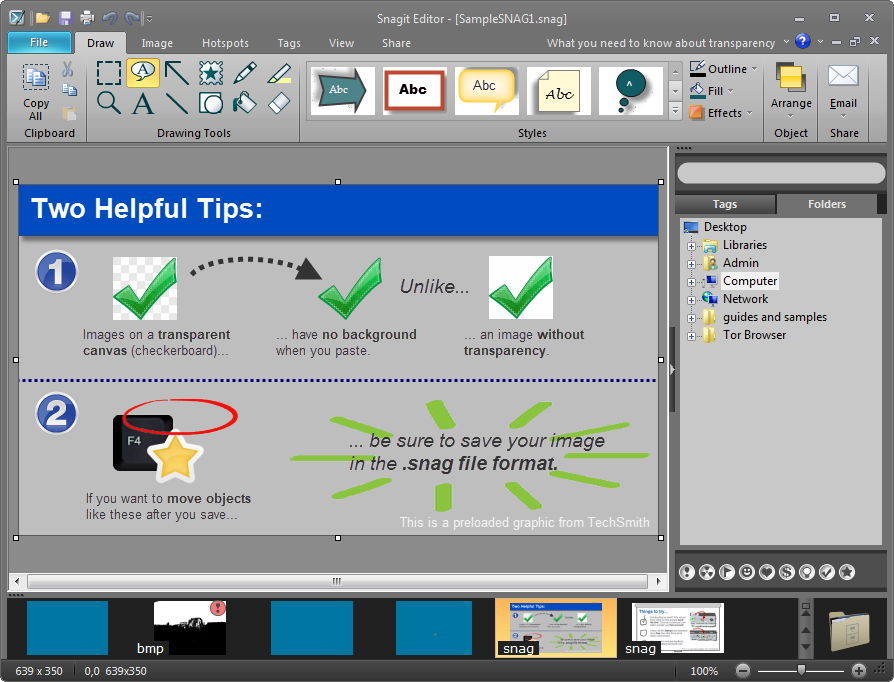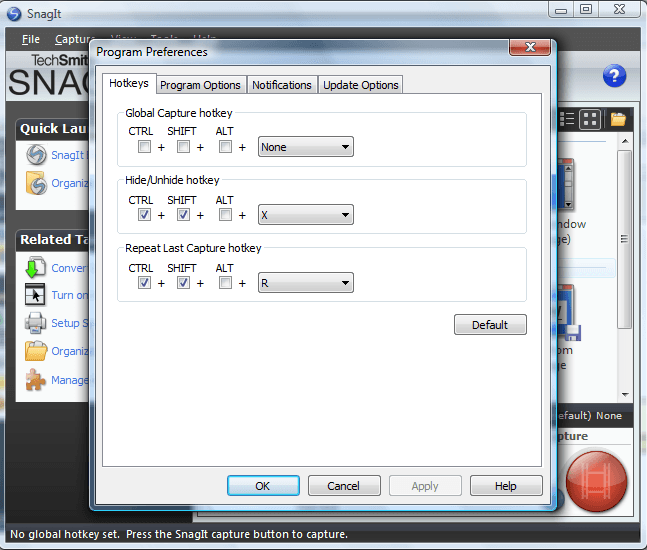

The upside to this method is that if you don’t need to capture the entire page, you can just highlight portions of the code that you want to capture, but that’s assuming you know what you’re looking at. In the newly opened window, right click the very first line that reads “html”.Similar to how Google approaches full page screenshots with Chrome, it appears that Apple has also hidden its full page screenshot tool for Safari behind its developer tools. The downside is that it is equally easy for someone else to make the same edits if they have the file, versus images which might be slightly trickier to manipulate seamlessly. The upside to this method is that if you have a PDF editor, you can actually make some edits to the file like adding notes. Note that because you’re saving it as a PDF file, it is actually not an image file. Choose the location and name and click Save.From the menu, select File > Export as PDF.What’s interesting about this method is that if you try to take a scrolling screenshot on an iPhone, it actually saves as a PDF, so this method is pretty similar. We’re not sure if Apple ever plans to introduce the feature in an easier manner, but don’t worry, if capturing full page screenshots is something you’re interested in, there are ways around this problem which we will cover in the guide below, so read on to find out. However, unlike Edge, there is no straightforward built-in tool for capturing full page screenshots in Safari. It is a perfectly capable browser and if you prefer using native software instead of downloading third-party browsers, we get it. You will, however, need a video converter if you’re looking to export in anything other than MOV format.Safari comes as the default browser on Mac computers. You can also add clips to the end of a sequence if you’d like to combine your video screen capture with something that you’re referencing. QuickTime at least features some essential editing tools like rotation, splitting, and trimming. With such an app, you can record microphone audio along with sounds from another app. Otherwise, you might need to get an audio feedback app like Loopback to set as your microphone instead. You can put the volume up on your speakers and hold a microphone up to them (or hope your internal mic picks up most of the sound they make).



QuickTime sadly isn’t as good at capturing your computer’s internal sounds. You can select a microphone you plug in, or your Mac’s built-in microphone. You’ll see a popup for the video screen capture menu where you can choose the area of the screen you want to capture.ĭo you want to record audio with your QuickTime screen recording? Select the dropdown icon next to the Record button to choose a microphone for adding audio as you do your video recording. Just open QuickTime Player, then go to File > New Screen Recording.


 0 kommentar(er)
0 kommentar(er)
